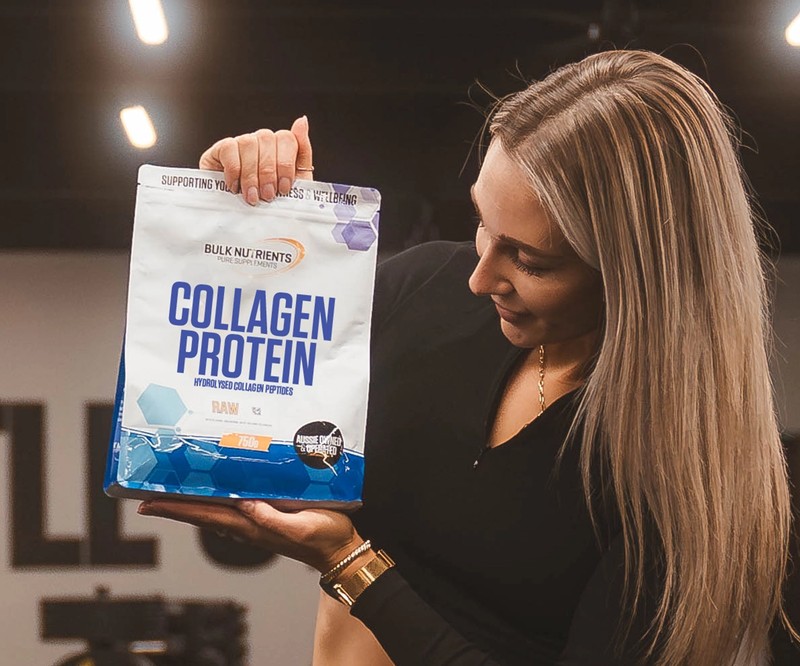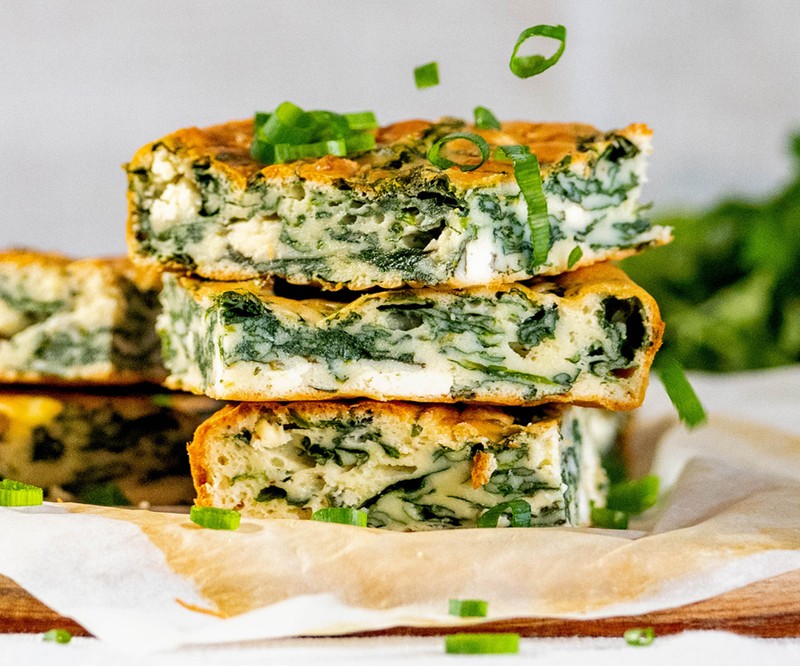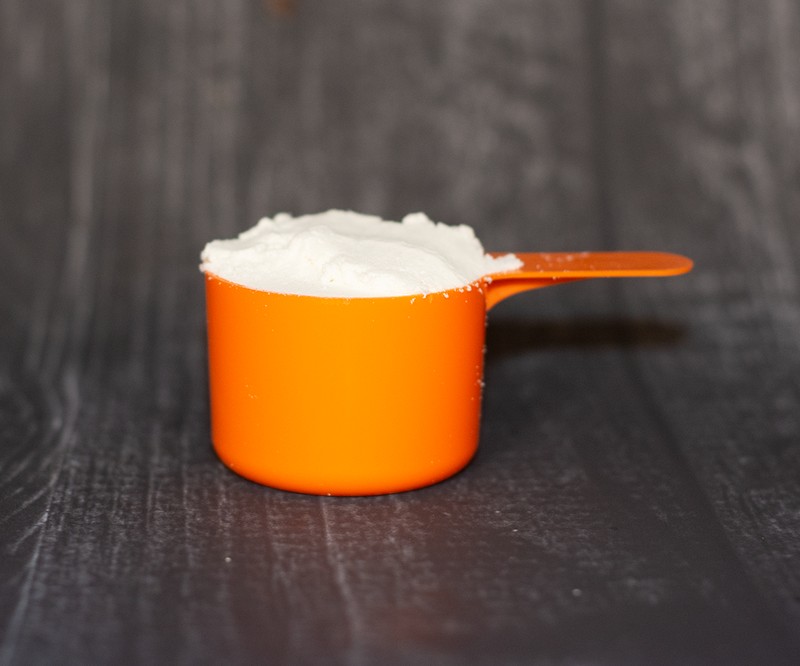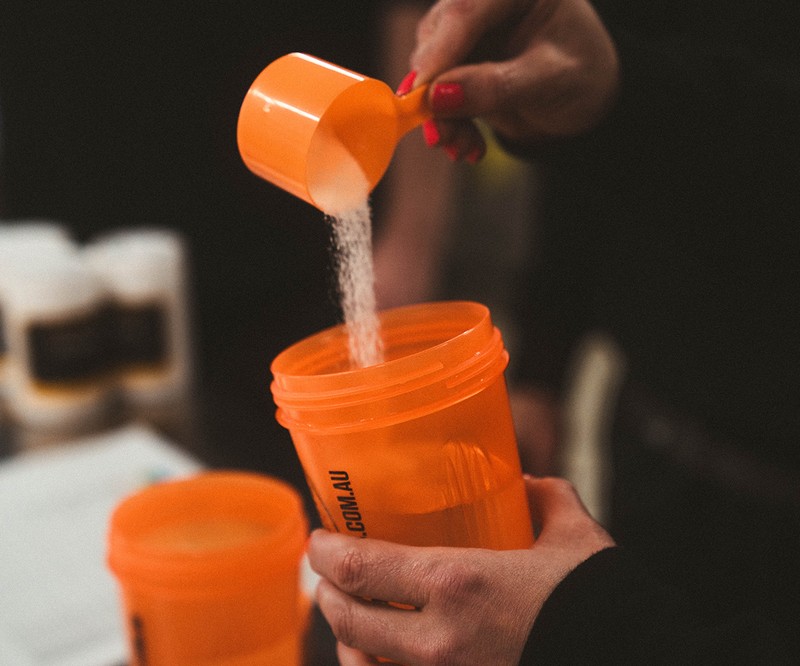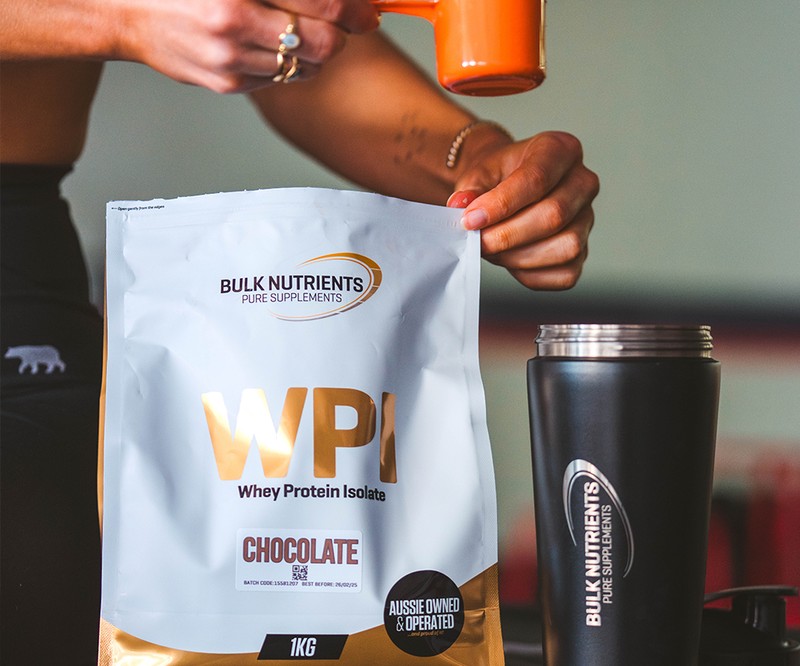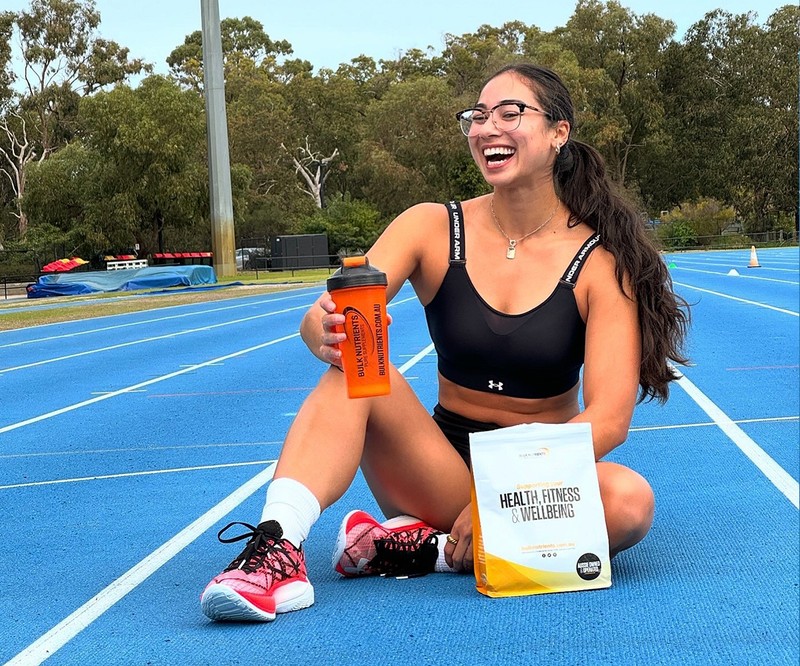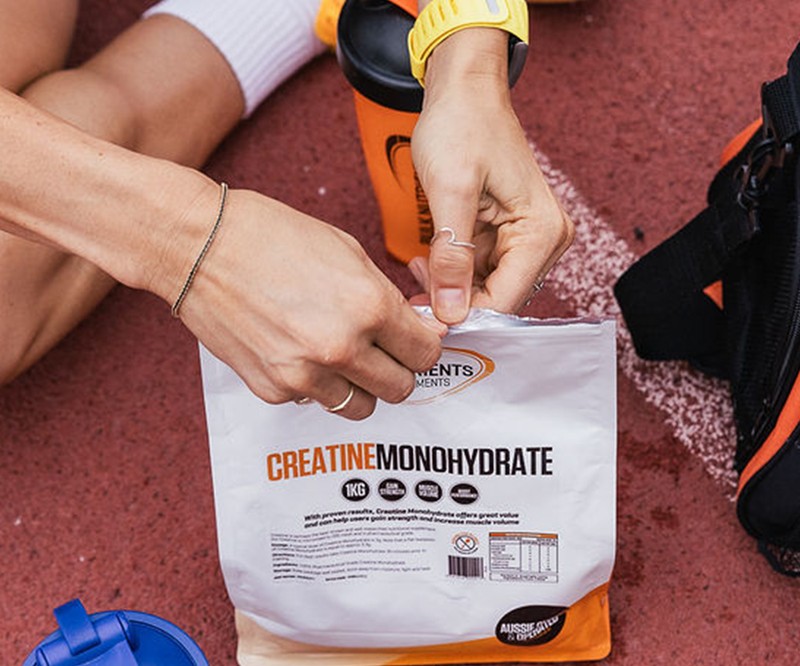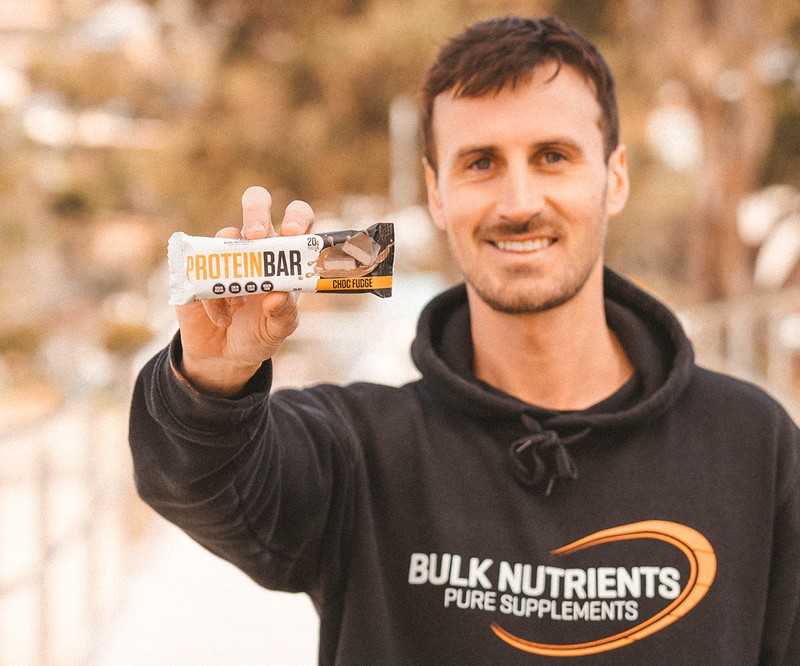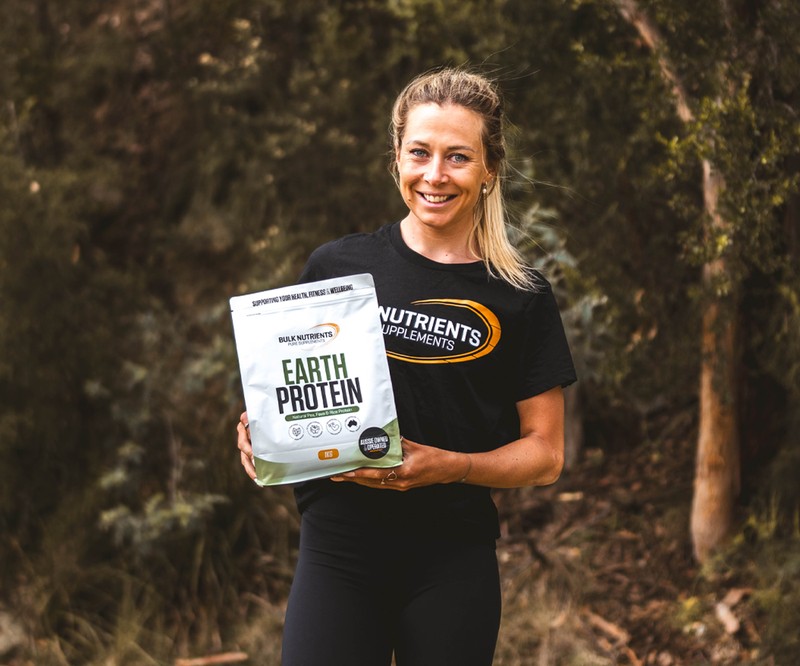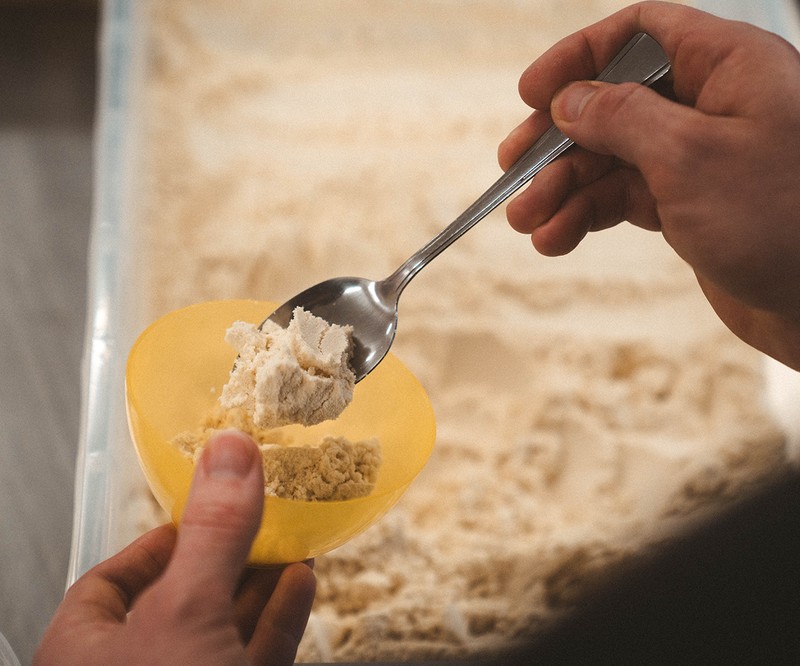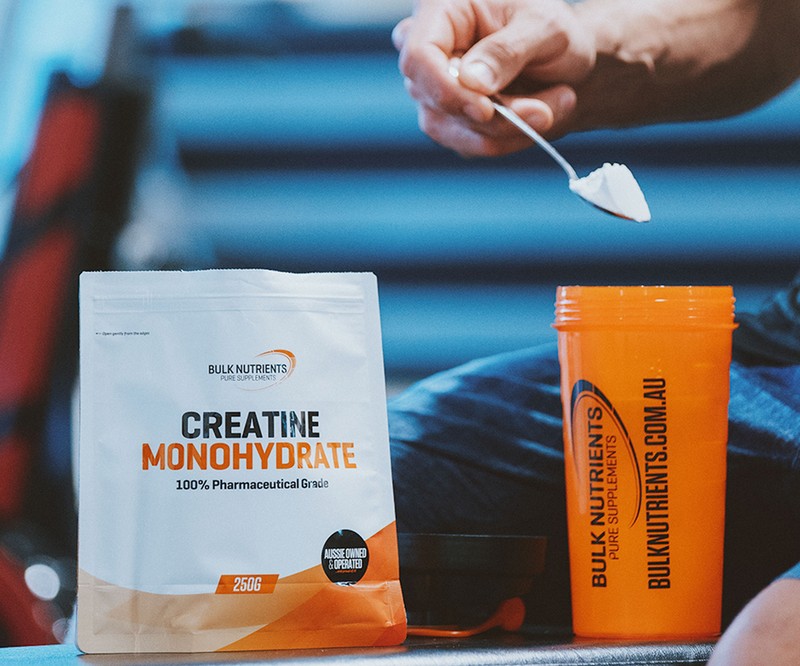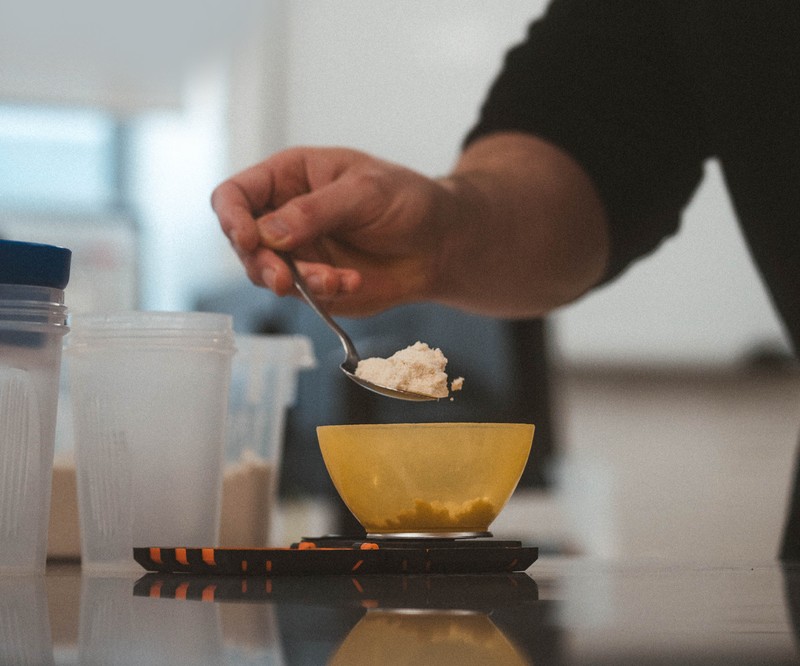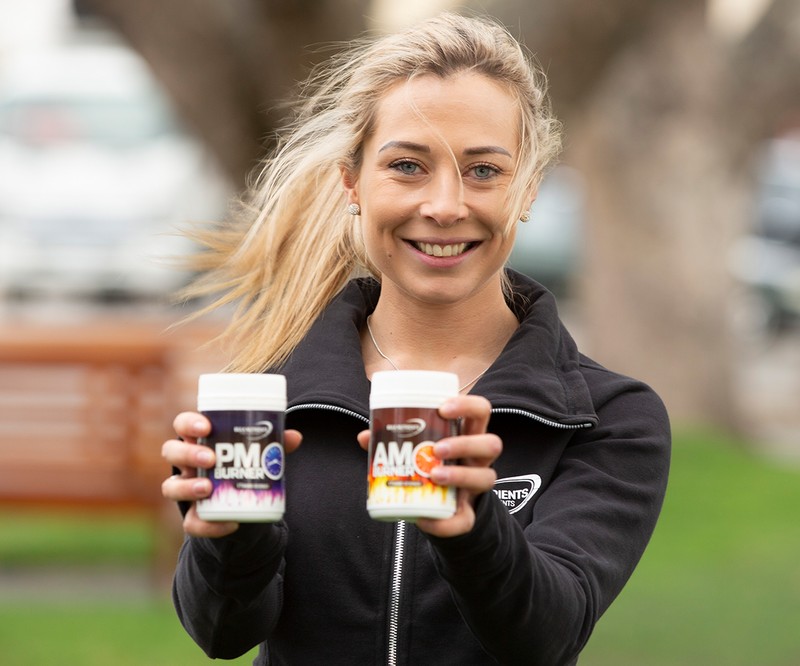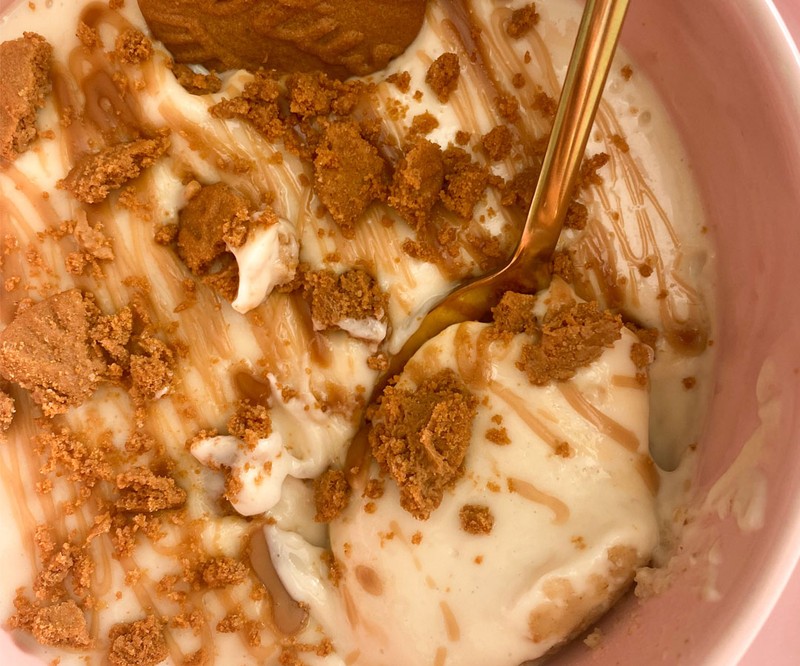Is White Rice or Brown Rice Better for Fat Loss?

Which rice is better for weight loss?
The suggestion white rice is not as good as brown for weight loss, largely stems from the myth of GI.
GI, standing for glycaemic index, refers to the numeric system that ranks how quickly the body turns carbohydrates into glucose (blood sugar). Carbohydrates find themselves on a scale between 0 and 100 depending on how they affect our blood level levels once consumed. There's low GI and high GI, which we're sure you've heard of many times:
- Low GI: 55 and under
- High GI: 70 or above.
Still today, the myth of high GI spiking insulin more resulting in more fat gains, still persists. Insulin aside, fat storage can only occur in a calorie surplus (eating more calories than you burn).
Scientists have looked at GI on many occasions, to see if lower GI carbohydrates are actually any better when it comes to fat loss. And they're not.
GI is so misunderstood; it was created in the 1980s to measure the insulin response to carbohydrates for diabetics, in a fasted state! And somewhere along the way, people started to relate a foods insulin spike to weight loss amongst the general public.
This is otherwise referred to as the "carbohydrate-insulin hypothesis of obesity." And despite being proven wrong many times, still persists. One of the many reviews to disprove this bogus theory included 32 studies that found low carbohydrate or high carbohydrates diets make no difference to fat loss.
Insulin isn't a factor, and if it were, we'd be putting on weight from whey protein -- which is actually more insulinogenic than white bread!

This brings us back to rice: white rice has a GI of 72, whilst brown rice measures in at 68. So not only is there hardly any difference between the two GI scores here, but the whole GI measurement means nothing for weight loss anyway.
Moreover, in the real world, when you add fats and protein to a meal, the insulin release is blunted anyway.
And as an extreme example that we don't recommend under any circumstances -- recently in the USA a scientist who is now known as "The Twinkie Professor", set up an experiment. He would eat in a calorie deficit but consume nothing but Twinkies! This was to prove that high GI foods, notably sugar, didn't affect fat loss when a calorie deficit was adhered to. And what happened to our Twinkie professor?
...he lost 12 kilos.
Now obviously, we don't recommend this, and a balanced diet is far better. But the point is the so-called "evil" and "fat inducing" high GI foods can actually be used to do the opposite of what we're sometimes incorrectly told they do.
So where does this misinformation come from? Marketing that aims to sell you low GI foods, along with people finding it easier to repeat old and bogus myths heard or read on social media, as opposed to doing any scientific research themselves!
What carbohydrates help me lose weight?
The other fallacy about high GI carbohydrates is that they don't keep you as full. But again, this isn't supported by science.
In one of the most in-depth studies done into carbohydrates, the best food at keeping subjects full was the white potato; despite white potatoes having a high GI rating of 82.
And then, in a last-ditch effort to save face, the naysayers will turn around and say: "Well, brown rice is healthier!" But is it really?
Research has found brown rice packs anti-nutrients that chip away its small advantage of higher fibre, whilst these anti-nutrients can block our ability to absorb minerals and vitamins.

Moreover, per cup, brown rice only has 1.8 grams more fiber than white rice. Our fibre intake should come from fruits and vegetables, so any small amount of fibre differences in rice is not going to make a big difference to our daily total. What's more important is what we consume WITH the rice: vegetables, salmon, chicken, etc; that packs all sorts of nutritional goodness further to the colour of our rice.
The bottom line is that GI (thus eating brown rice) will largely make little to no difference to your health. We should focus on getting enough protein, healthy fats, vitamins, minerals and fibre, and not be concerned about negligible things like low GI carbohydrates over high GI carbohydrates.
Moreover, white rice cannot possibly allow for the storage of more body fat when you're eating in a calorie deficit. Eating fewer calories than you burn is what governs fat loss, and the idea that insulin has an effect on fat loss is an outdated myth that's not supported by science.
Also, a high GI food is no indication it won't keep you full!
So, feel free to choose any variety of rice you like, just make sure you're doing so for taste preferences only!
References:
- Callegaro Mda D, Tirapegui J. Comparação do valor nutricional entre arroz integral e polido [Comparison of the nutritional value between brown rice and white rice]. Arq Gastroenterol. 1996 Oct-Dec;33(4):225-31. Portuguese. PMID: 9302338.
- Ercan N, Gannon MC, Nuttall FQ. Effect of added fat on the plasma glucose and insulin response to ingested potato given in various combinations as two meals in normal individuals. Diabetes Care. 1994 Dec;17(12):1453-9. doi: 10.2337/diacare.17.12.1453. PMID: 7882816.
- Holt SH, Miller JC, Petocz P, Farmakalidis E. A satiety index of common foods. Eur J Clin Nutr. 1995 Sep;49(9):675-90. PMID: 7498104.
- Jenkins DJ, Wolever TM, Taylor RH, Barker H, Fielden H, Baldwin JM, Bowling AC, Newman HC, Jenkins AL, Goff DV. Glycemic index of foods: a physiological basis for carbohydrate exchange. Am J Clin Nutr. 1981 Mar;34(3):362-6. doi: 10.1093/ajcn/34.3.362. PMID: 6259925.
- Leaf A, Antonio J. The Effects of Overfeeding on Body Composition: The Role of Macronutrient Composition - A Narrative Review. Int J Exerc Sci. 2017;10(8):1275-1296. Published 2017 Dec 1.
- Park M. "Twinkie diet helps nutrition professor lose 27 pounds." CNN News. 2010 Nov 8.
- Paterson M, Bell KJ, O'Connell SM, Smart CE, Shafat A, King B. The Role of Dietary Protein and Fat in Glycaemic Control in Type 1 Diabetes: Implications for Intensive Diabetes Management. Curr Diab Rep. 2015;15(9):61. doi:10.1007/s11892-015-0630-5
- Ramdath DD, Padhi E, Hawke A, Sivaramalingam T, Tsao R. The glycemic index of pigmented potatoes is related to their polyphenol content. Food Funct. 2014 May;5(5):909-15. doi: 10.1039/c3fo60395d. PMID: 24577454.
- Ranawana DV, Henry CJ, Lightowler HJ, Wang D. Glycaemic index of some commercially available rice and rice products in Great Britain. Int J Food Sci Nutr. 2009;60 Suppl 4:99-110. doi: 10.1080/09637480802516191. PMID: 19169946.
- Salehi A, Gunnerud U, Muhammed SJ, Ostman E, Holst JJ, Björck I, Rorsman P. The insulinogenic effect of whey protein is partially mediated by a direct effect of amino acids and GIP on beta-cells. Nutr Metab (Lond). 2012 May 30;9(1):48.
- Wadden TA et al. A two-year randomized trial of obesity treatment in primary care practice. N Engl J Med. 2011 Nov 24;365(21):1969-79. doi: 10.1056/NEJMoa1109220. Epub 2011 Nov 14.
- Wolever TM. The glycemic index. World Rev Nutr Diet. 1990;62:120-85. PMID: 2180214.
- Claessens M, Calame W, Siemensma AD, van Baak MA, Saris WH. The effect of different protein hydrolysate/carbohydrate mixtures on postprandial glucagon and insulin responses in healthy subjects. Eur J Clin Nutr. 2009 Jan;63(1):48-56. Epub 2007 Sep 12.




